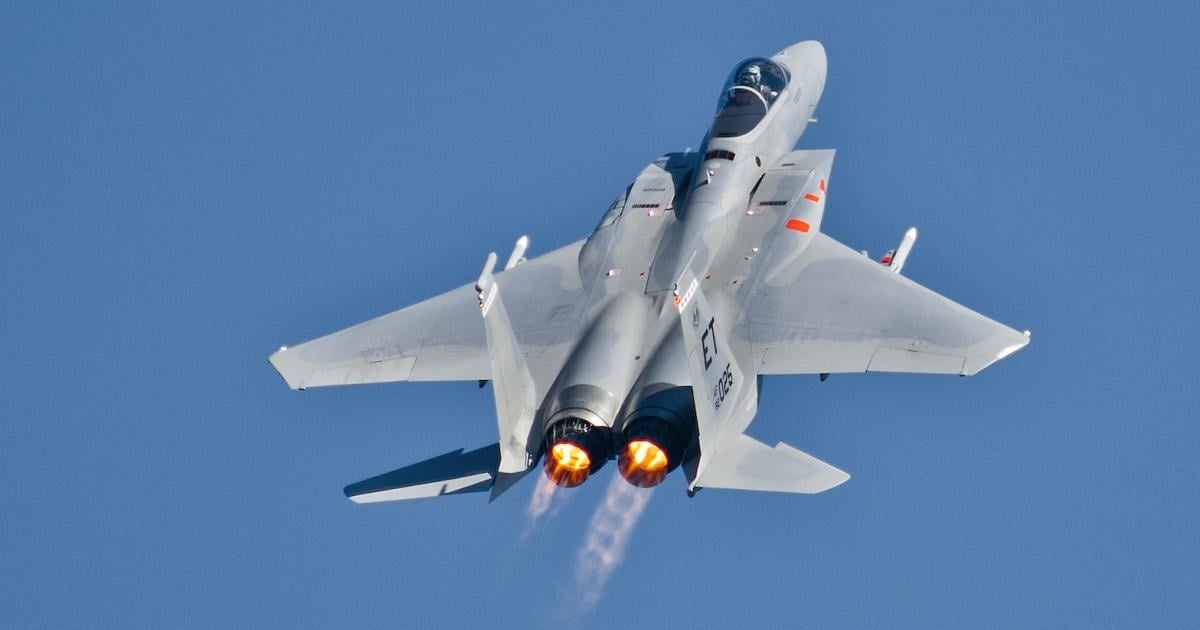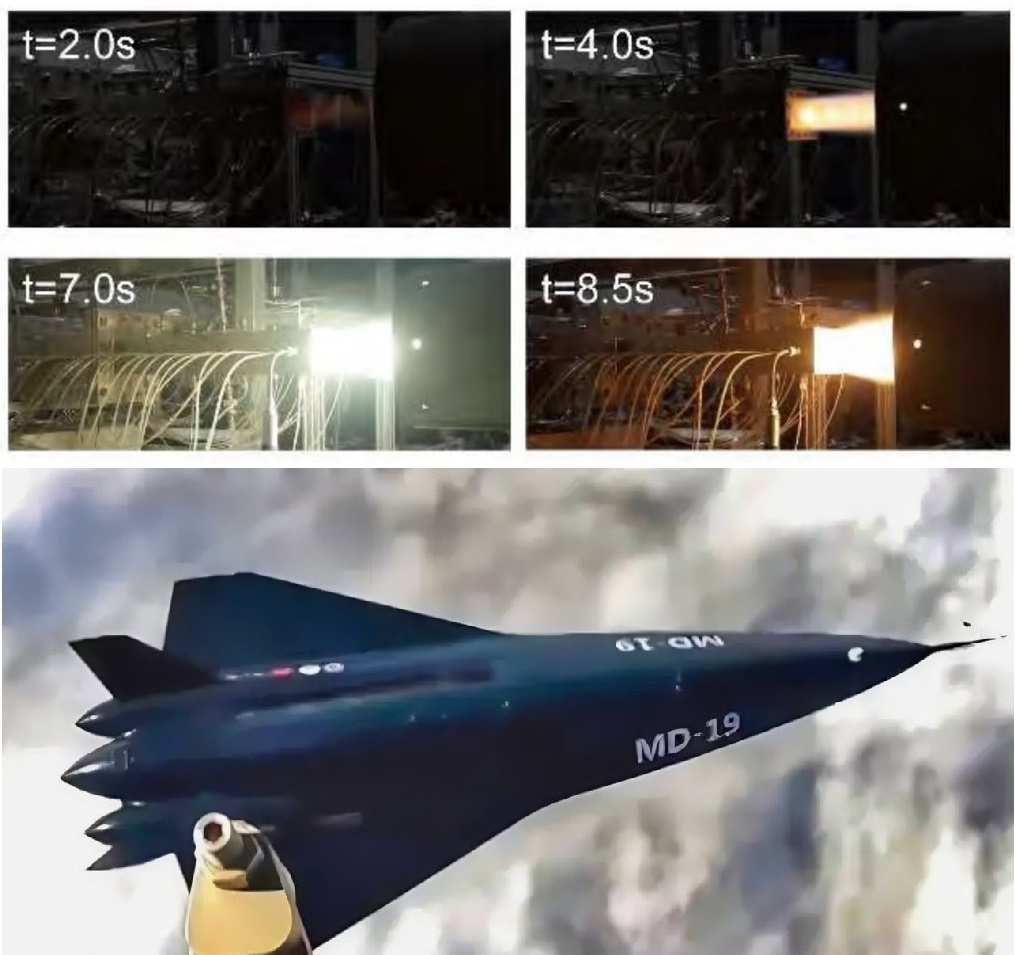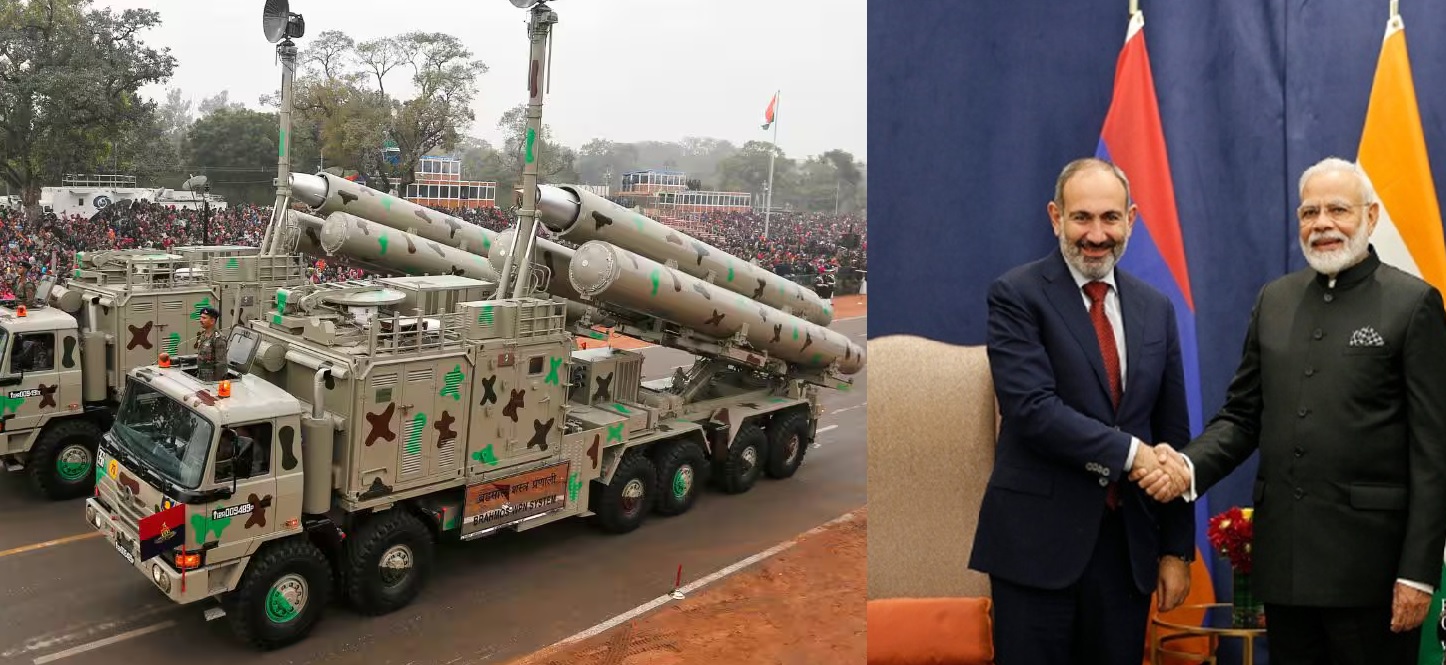Egypt in Talks with U.S. for 46 F-15 Jets After Su-35 Deal Cancellation

Cairo’s long-anticipated fighter jet modernization program remains on the table as Egypt and the United States continue negotiations over a potential sale of up to 46 Boeing F-15 Advanced Eagle fighter aircraft. First revealed in 2022, the talks — now reaffirmed by defense intelligence outlet Tactical Report on November 3, 2025 — are still in progress with no finalized contract or delivery timeline. The proposed deal, valued at several billion dollars, could mark a major shift in Egypt’s air power, replacing its canceled Su-35 order and expanding the Egyptian Air Force’s Western-oriented capabilities.
A New Chapter After the Su-35 Cancellation
Egypt had initially sought to acquire around two dozen Russian-built Su-35 fighters, a deal that reportedly collapsed under Western sanctions and U.S. pressure. Washington’s approval for the F-15 sale, even in principle, was seen as an attempt to offer Cairo an alternative — one compatible with existing U.S. systems and compliant with interoperability standards.
The F-15 Advanced Eagle, Boeing’s latest and most capable version of the legendary fighter, brings new radar, avionics, electronic warfare systems, and weapons integration. For Egypt, it represents both a leap in performance and a signal of renewed alignment with U.S. defense policy.
Negotiations Still Unsettled
Despite positive signals, Cairo and Washington have yet to conclude an agreement. According to Tactical Report, discussions are ongoing, with the deal structure, financing terms, and the aircraft configuration under review. U.S. officials have reportedly approved the sale “in principle,” but export control reviews and regional political considerations continue to delay any formal announcement.
Washington remains cautious about transferring high-end combat technologies to non-NATO partners in the Middle East, particularly advanced radar and electronic warfare systems integral to the F-15EX lineage. These concerns have contributed to the drawn-out process, even as Cairo pushes to close the deal.
Estimated Cost and Package Value
While exact figures have not been released, earlier estimates place the cost of a 36-jet package at around $13.9 billion, based on comparable export cases and support packages. Adjusted for inflation and the potential expansion to 46 aircraft, the total cost could reach $15–18 billion, depending on configuration, support, and weapons integration.
This would make it one of Egypt’s largest-ever defense procurements — eclipsing even the Rafale and MiG-29 acquisitions in financial scale. The package is likely to include aircraft, training, maintenance facilities, simulators, spares, and a comprehensive logistics and sustainment network.
Egypt’s Current Air Power Landscape
The Egyptian Air Force (EAF) remains one of the most capable in Africa and the Arab world, fielding a mix of U.S., French, and Russian platforms. According to open-source data, Egypt currently operates:
-
Around 218 F-16 Fighting Falcons, forming the backbone of its fleet.
-
Approximately 46 MiG-29M/M2 fighters acquired from Russia.
-
29 Dassault Rafales, with additional aircraft on order.
The addition of the F-15 Advanced Eagle would significantly boost the EAF’s long-range strike and air-superiority capability. With a combat range exceeding 1,200 nautical miles, the aircraft could conduct deep-penetration missions across the region — covering the Mediterranean, the Red Sea, and beyond.
Strategic and Regional Implications
The potential F-15 sale carries significant geopolitical implications. Egypt’s acquisition would make it the second Arab country, after Saudi Arabia and Qatar, to operate modern variants of the F-15. The deal could help Cairo balance power dynamics with regional peers and assert its role as a central security actor in the Middle East.
Interestingly, Israel has reportedly raised no objections to Egypt’s request — a sign that the U.S. maintains close coordination with Tel Aviv to ensure the regional “qualitative military edge” remains intact. Washington’s confidence that Egypt remains a strategic partner has made the offer politically viable despite longstanding concerns about human rights and governance.
Why the Delay Persists
Several factors continue to slow progress. U.S. export law requires rigorous scrutiny for sales involving advanced avionics and electronic warfare technology. Egypt’s mixed record on human rights and governance has also led to congressional hesitation over approving large-scale arms transfers.
Additionally, Boeing’s production line is currently saturated with orders for the U.S. Air Force’s F-15EX Eagle II and foreign contracts with Qatar and Saudi Arabia, pushing potential Egyptian deliveries to the latter half of the decade.
A Pivotal Decision Ahead
If the deal is finalized, Egypt’s Air Force will undergo one of its most significant transformations in decades. The F-15 Advanced Eagle, with its twin engines generating more than 58,000 pounds of thrust and an upgraded AESA radar system, would provide Egypt with unmatched range, payload capacity, and strike precision.
For Washington, it would reinforce a critical partnership with a key regional ally while securing another major export success for Boeing. For Cairo, it would mean a decisive step toward modernizing its air fleet and ensuring a long-term technological edge over regional competitors.
Egypt’s ongoing negotiations for up to 46 Boeing F-15 Advanced Eagles reflect a clear strategic direction: modernize, diversify, and strengthen within a U.S.-aligned defense framework. While the final contract remains unsigned, the sheer scale of the proposal — estimated between $14–18 billion — underscores Cairo’s determination to expand its air dominance.
As talks progress, the outcome will not only reshape Egypt’s military capabilities but also redefine the balance of power across the Middle East’s skies. The Advanced Eagle, if it takes flight under Egyptian colors, will mark a new era for one of the region’s most historic air forces.
✍️ This article is written by the team of The Defense News.






